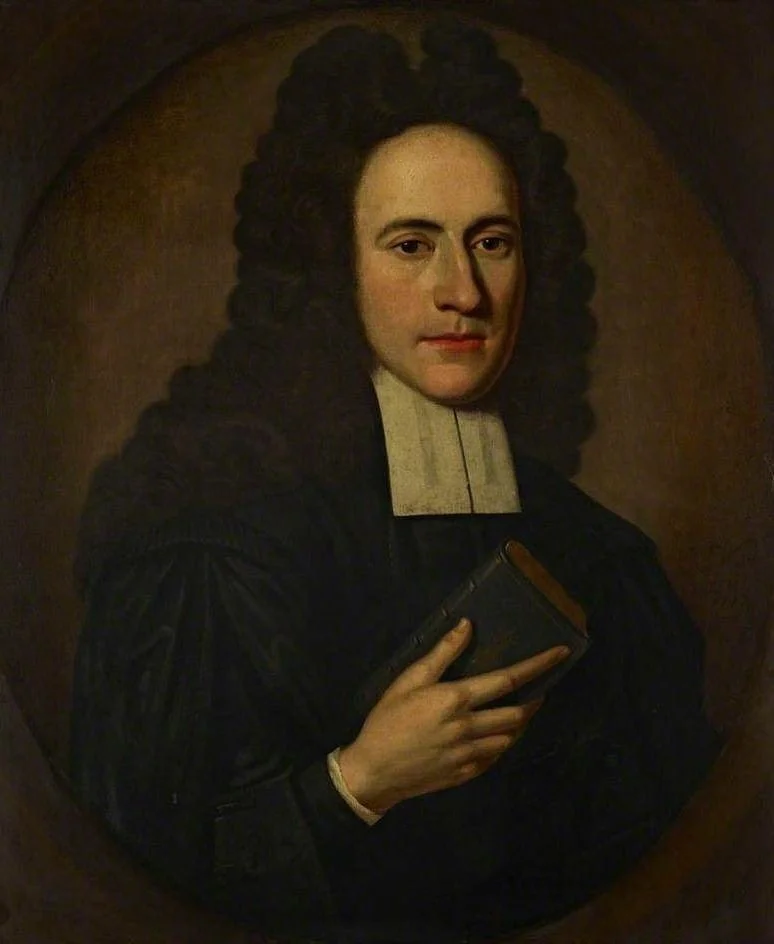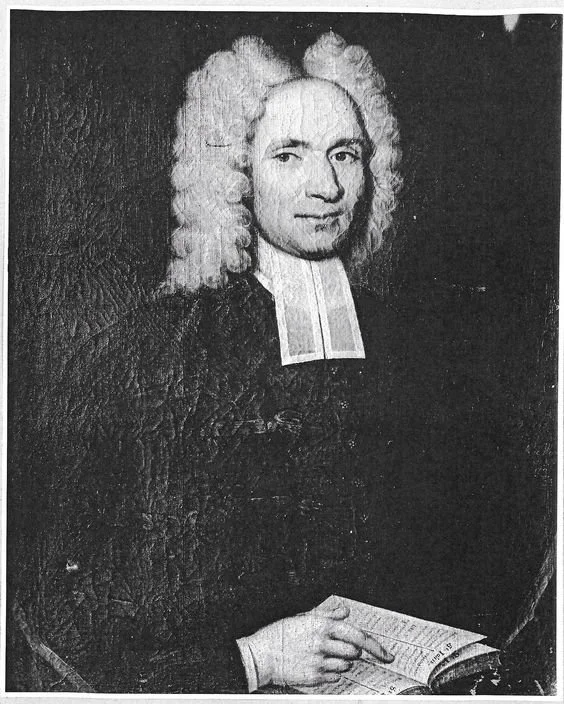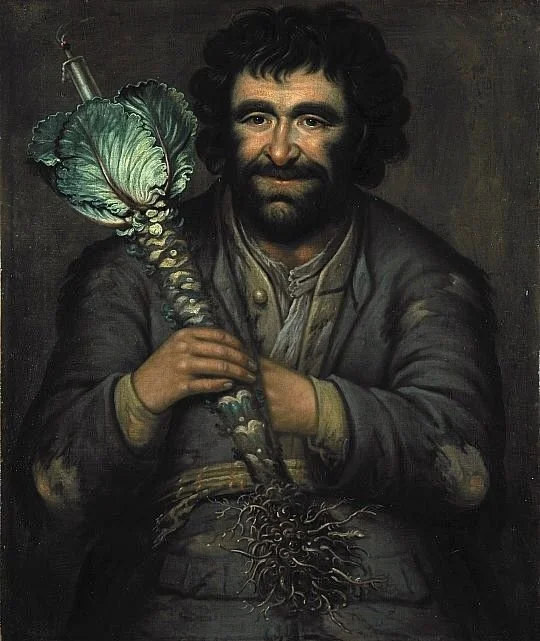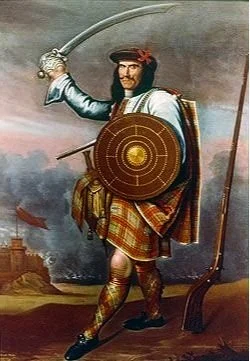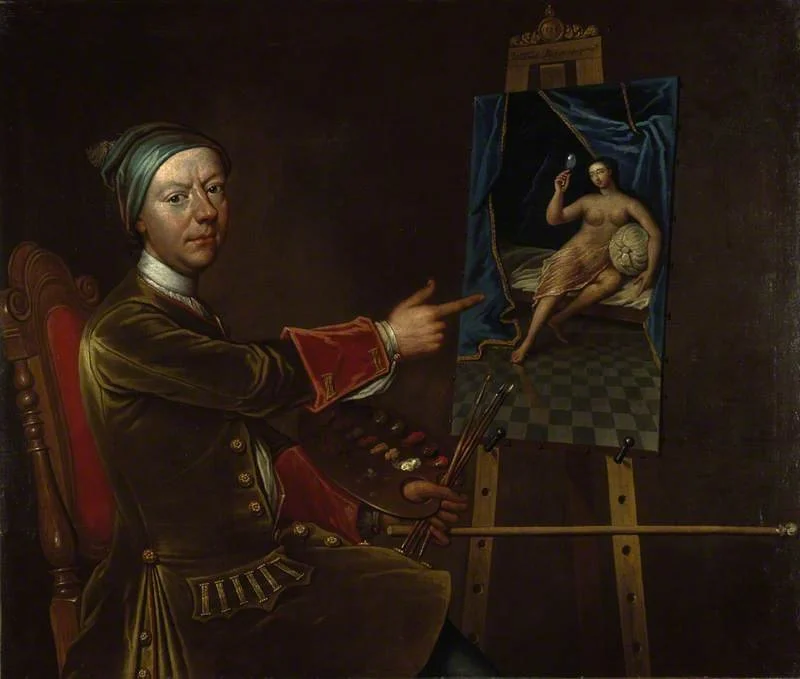Richard Waitt
Rev Ralph Erskine by Richard Waitt (1712, NGS) and below, the ministers of Strathspey circa 1727 (Kirk Session of Cromdale, Advie and Abernethy)
The ministers in their clerical robes. Link to the ministers across Sutherland who urged the people to comply with their evictions and leave their homes. Round ‘moon’ face emerging from darkness.
Richard Waitt (d. 1732) was a Scottish artist active in the early years of the eighteenth century. Until recently, his work was dismissed and criticized as ‘course’; however, his work has gained wider exposure in recent years. I first came across Waitt during my PhD as he painted an amazing series of portraits of the clan Grant. I really like his portraiture and still lives, despite (or prehaps because of) the techincal difficulties the he obviously experienced, especially with his draughtsmanship (note the elongated index fingers; Waitt’s calling card). His work is charismatic, the portraits full of humanity and feeling for the subject and the handling and colouring of the paint often feels quite joyful, verging on camp.
The Cromartie Fool by Richard Waitt (NPGS)
Alastair Grant Mor by Richard Waitt, 1714 (Earl of Seafield).
As an aside Richard Waitt provides an early example of an artist playing with the materiality of the canvas. Note Alastair Mor’s gun propped conveniently against the edge of the canvas.
Also in Waitt’s 1728 self-portrait below his gaze to a point beyond the canvas cleverly references the female’s gaze past the mirror in the painting upon the easel, for is Waitt looking at us, or the mirror in which he painted himself? He points to her as we stare at him.
Self portrait, 1728 (NGS).
